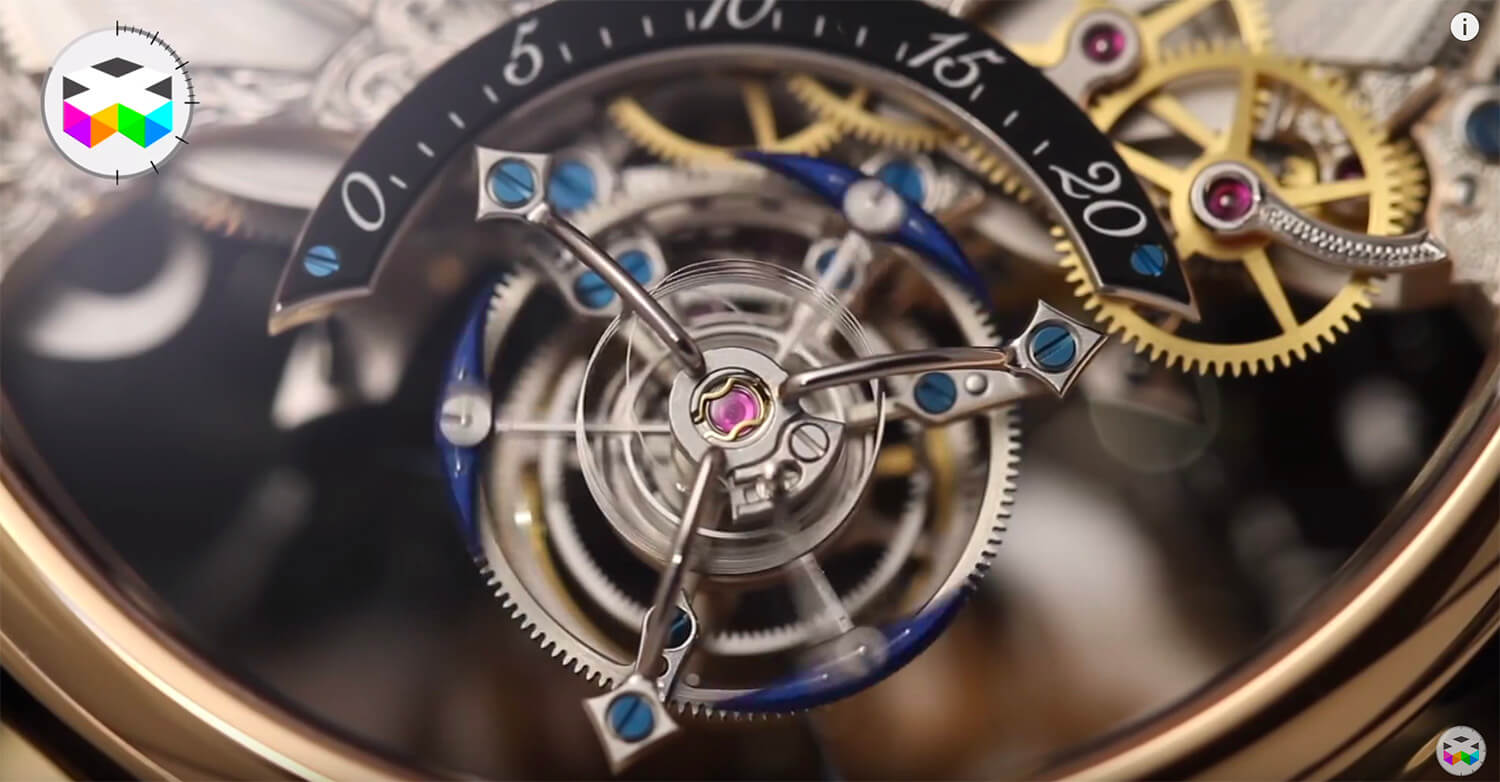The Top-Secret World Of Bovet Hairsprings (Video)
Hairsprings (aka balance springs) are the most sensitive part of a watch movement, the so-called heart.
And only a handful of producers are able to make hairsprings, most of which are large-scale industry suppliers. But a few watch brands manufacture their own using recipes and processes they keep close to their hearts. Bovet is one of these rare few manufacturers.

Regulator of the Bovet Braveheart Tourbillon with cylindrical hairspring
Hairsprings are used in the regulator and are to wristwatches what pendulums are to long clocks. This is a very critical component as it dictates the precision and reliability of the movement. Producers of hairsprings are naturally very secretive about the process and the alloy.
Production starts with the base material, which looks like a coil of heavy-duty thread initially 0.6 mm in diameter. By the end of the process it is reduced to less than one-tenth of that at only 600-800th of a millimeter. The “threads” are cut, rolled, baked – heating changes properties of metal alloy – and then the tricky terminal curve is added.
Bovet produces two types of hairsprings: the classic flat variety and the cylindrical kind used for example in the Braveheart Tourbillon.
Bovet’s component production takes place at its Dimier factory in the tranquil village of Tramelan in the Jura mountains. Take a walk through the well-guarded workshop here – a workshop where cameras are generally not allowed – with Marc André Deschoux of The Watches TV.
For more information, please visit www.bovet.com.
You may also enjoy:
The Bovet Amadeo Fleurier Braveheart: Two Brave Hearts Are Better Than One
The Astronomical Grandeur Of The Bovet Récital 22 Grand Récital
Bovet Fleurier Edouard Bovet Flying Tourbillon: The World At Your Fingertips



Leave a Reply
Want to join the discussion?Feel free to contribute!